2026 will be the first enrollment season after the largest restructuring of public universities in history. According to Minister Nguyen Kim Son, about 140 institutions are facing the option of merging, drastically reducing the number of focal points. This is a necessary step to improve the quality and efficiency of the system.
University mergers are not just an option
Dr. Le Viet Khuyen - Former Director of the Department of Higher Education, Deputy Director of the Department of Higher Education , Ministry of Education and Training, commented that Vietnam currently has more than 240 universities and nearly 400 colleges. Most of these establishments are small in scale, have a narrow scope of operation, and the quality of training and research does not meet the requirements of socio-economic development.
Dr. Khuyen also pointed out the limitations of these universities such as: Dispersion and fragmentation: Many schools were established on the basis of upgrading from colleges, but lack a modern university management foundation;
Overlapping functions: Schools in the same locality or in the same profession often train in similar majors, leading to unhealthy competition and waste of resources.
Lack of international competitiveness: Except for a few large universities (National University, Hanoi University of Science and Technology, Hanoi Medical University, etc.), most Vietnamese schools are not well-known in the region, let alone internationally;
Limitations in research and innovation: The number of international publications is still low, the connection between universities - businesses - research institutes is weak.
As a result, the Vietnamese university system finds it difficult to create real "locomotives", while the entire social resources are divided into small, ineffective pieces.
If the status quo continues, Vietnamese higher education will face serious consequences such as declining quality due to dispersed resources, and schools finding it difficult to invest in infrastructure, laboratories, and teaching staff.
Waste of public resources when the State has to maintain budget spending for many small units, instead of focusing on investing in centers of excellence;
Losing the opportunity to compete internationally, while neighboring countries have universities in the top 100 and 200 in the world, Vietnam is still struggling in the regional rankings;
Difficult to connect with development needs: The university system cannot provide high-quality human resources for strategic industries such as semiconductors, AI, biotechnology, renewable energy, etc.
"Thus, merging small, scattered universities to form multidisciplinary universities is a mandatory requirement, not just an option" - Dr. Khuyen commented
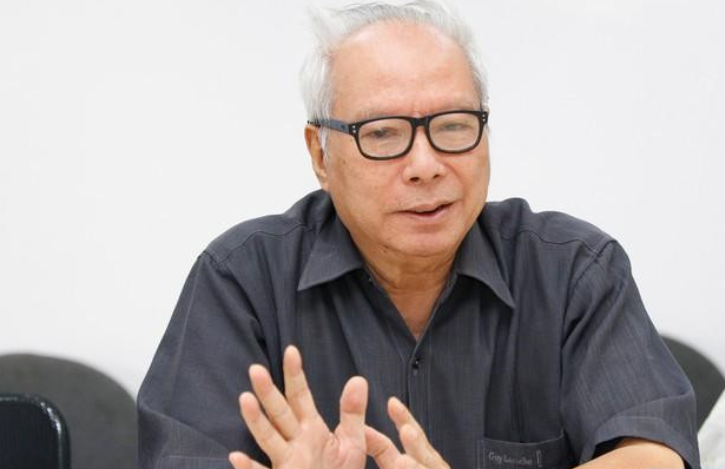
However, according to Dr. Khuyen, not every school can merge with any other school. The merger needs to be based on strict, scientific criteria, in order to form sustainable multidisciplinary universities.
To prevent the university merger process from turning into a mechanical "administrative" process, causing disruption and negative reactions in society, it is necessary to clearly establish fundamental principles.
Principle of public interest: Merger is not aimed at reducing the number of training institutions, but at optimizing resources, improving training and research quality, and better serving the needs of learners and society.
Principle of respecting university autonomy: Each school participating in the merger must be fully consulted and have the right to participate in designing the new model, ensuring that academic identity is not eliminated;
Principle of transparency and accountability: The merger process must publicize information, clearly explain the reasons, criteria, and roadmap; avoid administrative imposition, causing confusion for lecturers and students;
Principle of harmonization of interests: Mergers must take into account the interests of many parties: the State, schools, lecturers, students, and local communities. If only focusing on management interests, ignoring academic and social interests, the process will fail;
Step-by-step principle, with a roadmap: Do not conduct a "one-shot merger", but rather test, evaluate, and adjust to avoid shock and waste of resources.
Vietnam is facing the need to transform its growth model, moving towards a knowledge-based economy, based on science, technology and innovation. To achieve the goal of becoming a high-income developed country by 2045, Vietnam must have a strong university system capable of training high-quality human resources and producing new knowledge.
In that context, maintaining a decentralized, inefficient system not only causes waste but also hinders national development. Merging universities to form large-scale, multidisciplinary universities with interdisciplinary research and training capacity is a strategic solution. This is not only an educational requirement, but also a political decision related to the future of the nation.
Will school mergers narrow the student portal from 2026?
Dr. Le Viet Khuyen - Former Director of the Department of Higher Education, Deputy Director of the Department of Higher Education, Ministry of Education and Training, said that the merger of universities will not affect the enrollment picture in 2026.
According to Dr. Khuyen, the merger will affect public universities, but private universities will be "like opening a flag".
“If public schools tighten up a bit, the opportunities for private schools will expand. If there is any impact, it will only depend on tuition fees. I predict that if supply continues to exceed demand, how can the doors be closed? Only when universities are merged, will the schools reduce the costs of public schools because the cost of training students decreases as the scale increases. This will open up more opportunities for students to go to university,” Dr. Khuyen emphasized.

Meanwhile, Associate Professor Dr. Le Huu Lap (Former Deputy Director of the University of Posts and Telecommunications) said that the arrangement will not affect learners, nor will it narrow the student gate from 2026 and will only benefit learners.
According to Associate Professor Lap, universities no longer have weak schools (because these schools have been dissolved or merged into schools with better quality and university governance).
On the other hand, according to Mr. Lap, the government has concentrated investment in schools. Through that, students studying at schools will have higher quality.
In fact, the schools that will be dissolved will be those that have not met the quality assessment criteria, and in fact, they have difficulty recruiting students and do not meet the targets. The quality of incoming students is low, and graduates have difficulty finding jobs.
The merger process also makes the schools have better facilities (land area, classrooms, etc.).
Increasing the minimum score/admission criteria in many attractive majors
Dr. Pham Thai Son - Director of the Admissions and Communications Center of Ho Chi Minh City University of Industry and Trade said that first, after the merger, the schools will be more focused, the "strong" schools will gather more resources, increase their brand; small schools will be merged or restructured, leading to concentration in admissions work.
Second, there is increased competition in terms of quality and input at universities. The merged university may increase the minimum score/admission criteria for many attractive majors, meaning that some majors will be more difficult to enter, while others will remain as difficult to recruit as before.
Third, the "chaos of information" in enrollment makes it easy for candidates and parents to be confused about school names, major codes, and 2026 enrollment quotas. If the information is not clearly announced, schools can easily lose candidates to competitors.
Fourth, the 2026 admission method is relatively stable compared to 2025, and it is expected that the computer-based high school graduation exam will bring benefits to students. In general, there are still many admission channels. However, schools will actively specialize in consulting and conveying their "different values".
Fifth is the regional impact, local students may lose "easy access" if local schools are merged into those in other provinces, and at the same time have the opportunity to access better programs if the school really becomes stronger.
Finally, strengthening business links, internships and practice will be an advantage in recruitment. Students care more about jobs than grades; schools that demonstrate quality links will attract candidates faster.
Do Hop (recorded)

Request to review the principal of an elementary school in Ho Chi Minh City for illegal collection

What does the Hanoi Department of Education and Training say when it does not allow students to leave school early?

Medical training in Vietnam: Like no other
Source: https://tienphong.vn/sau-cuoc-dai-sap-xep-cac-truong-dai-hoc-canh-cong-vao-dai-hoc-nam-2026-co-hep-lai-post1782854.tpo


![[Photo] Visit Hung Yen to admire the "wooden masterpiece" pagoda in the heart of the Northern Delta](/_next/image?url=https%3A%2F%2Fvphoto.vietnam.vn%2Fthumb%2F1200x675%2Fvietnam%2Fresource%2FIMAGE%2F2025%2F11%2F21%2F1763716446000_a1-bnd-8471-1769-jpg.webp&w=3840&q=75)
![[Photo] General Secretary To Lam receives President of the Senate of the Czech Republic Milos Vystrcil](/_next/image?url=https%3A%2F%2Fvphoto.vietnam.vn%2Fthumb%2F1200x675%2Fvietnam%2Fresource%2FIMAGE%2F2025%2F11%2F21%2F1763723946294_ndo_br_1-8401-jpg.webp&w=3840&q=75)


![[Photo] President Luong Cuong receives Speaker of the Korean National Assembly Woo Won Shik](/_next/image?url=https%3A%2F%2Fvphoto.vietnam.vn%2Fthumb%2F1200x675%2Fvietnam%2Fresource%2FIMAGE%2F2025%2F11%2F21%2F1763720046458_ndo_br_1-jpg.webp&w=3840&q=75)
![[Photo] National Assembly Chairman Tran Thanh Man holds talks with President of the Senate of the Czech Republic Milos Vystrcil](/_next/image?url=https%3A%2F%2Fvphoto.vietnam.vn%2Fthumb%2F1200x675%2Fvietnam%2Fresource%2FIMAGE%2F2025%2F11%2F21%2F1763715853195_ndo_br_bnd-6440-jpg.webp&w=3840&q=75)
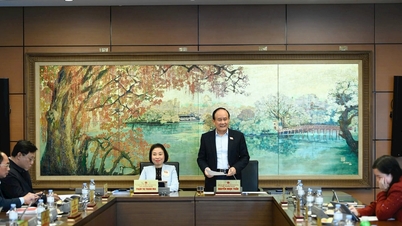



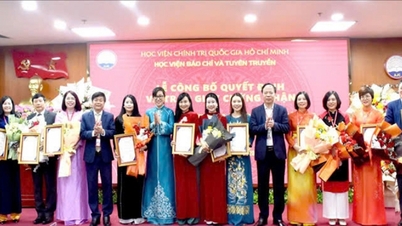









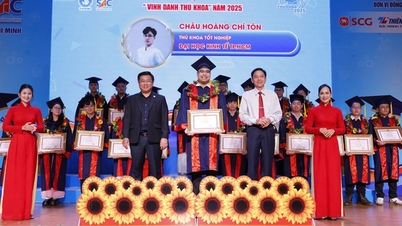

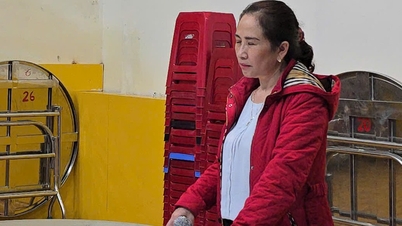











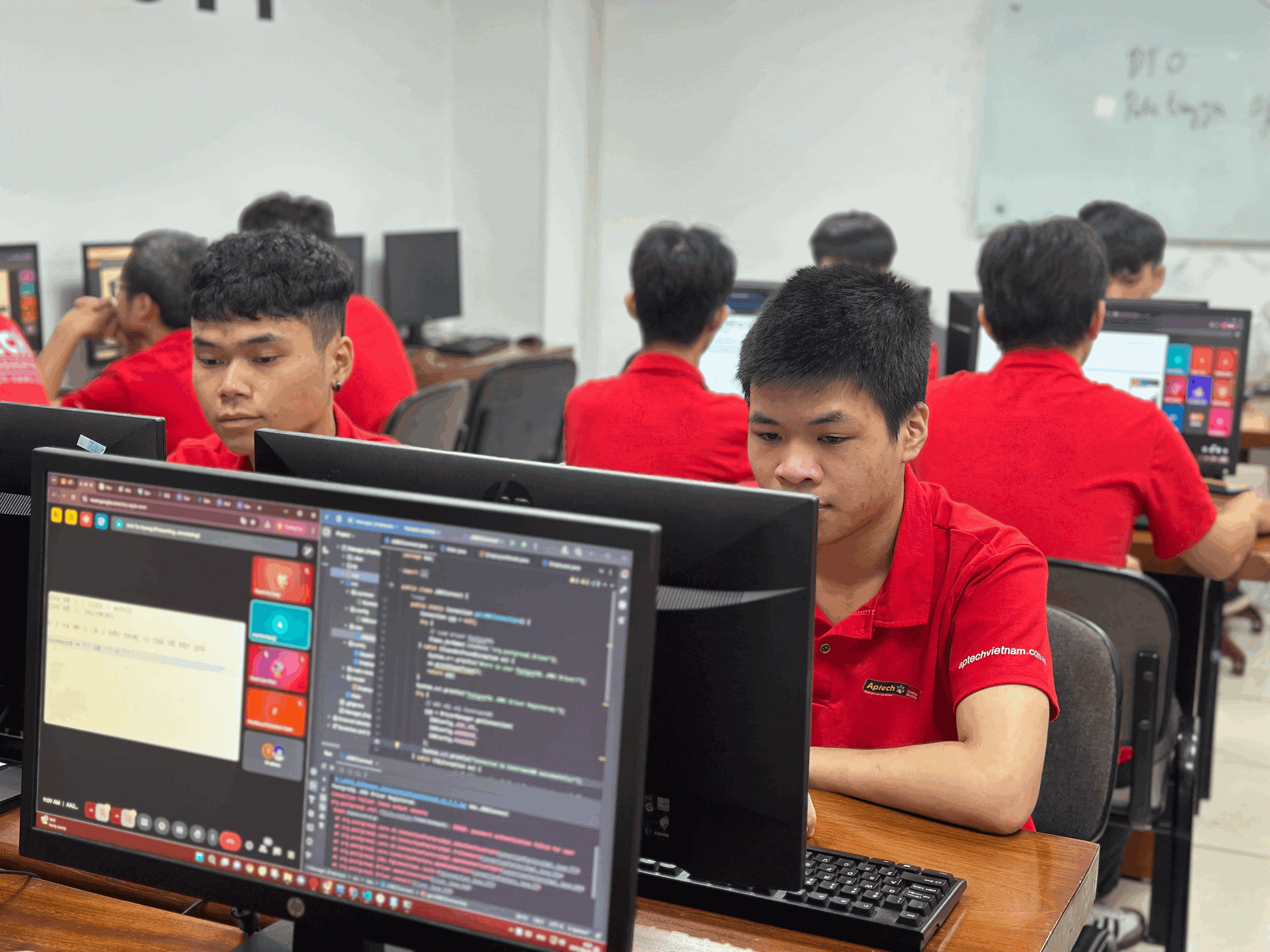




















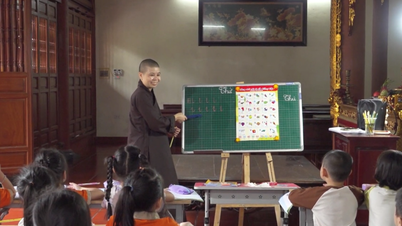









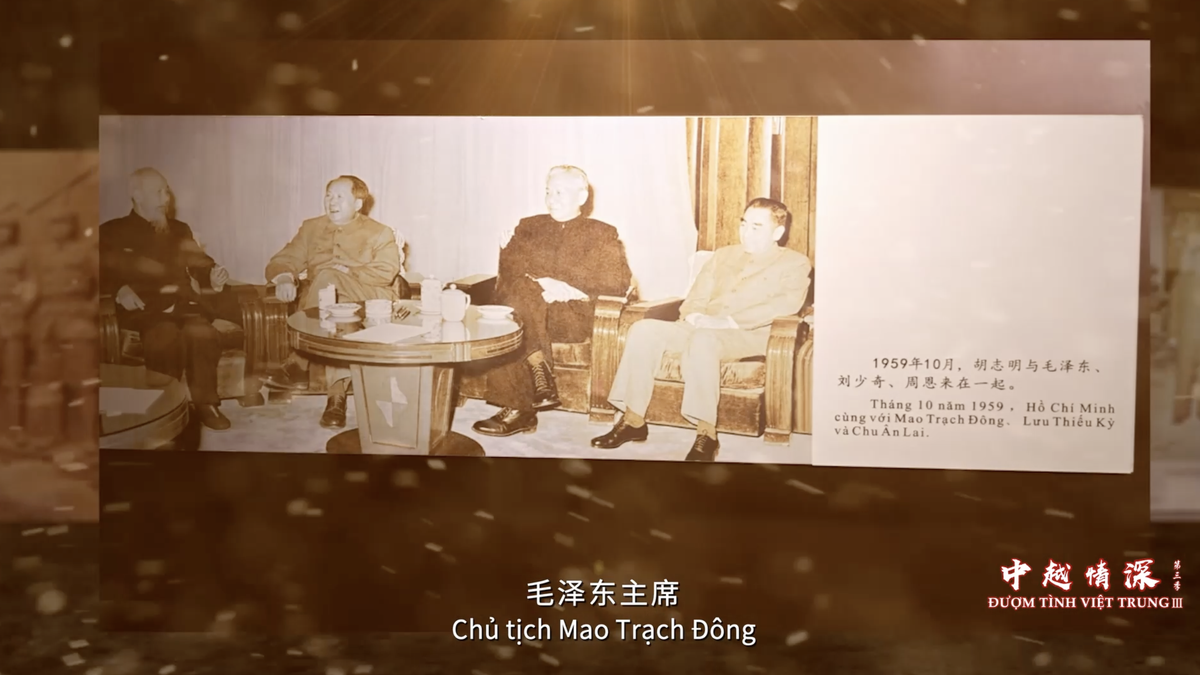











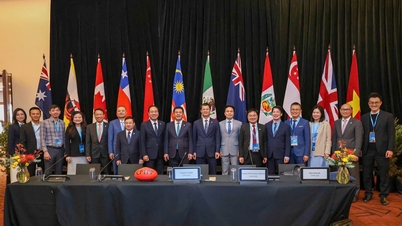

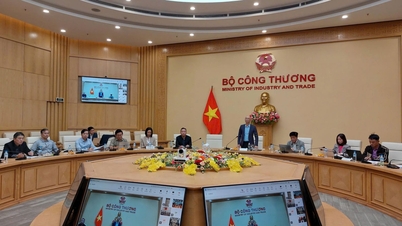







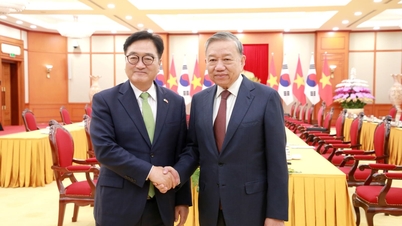








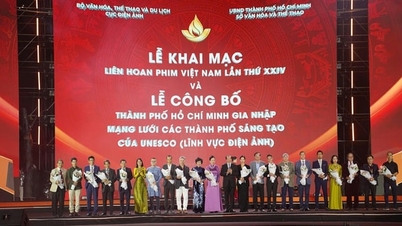

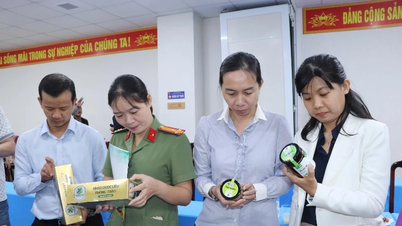













Comment (0)